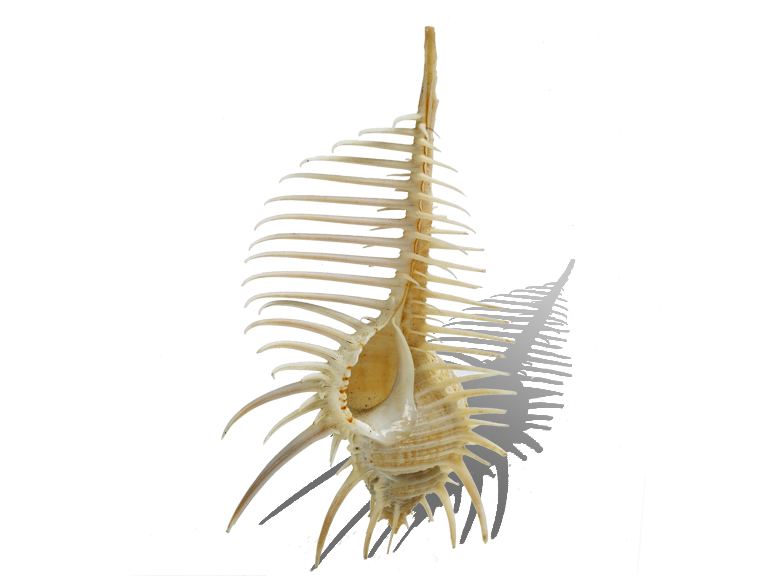When Art Intersects with Mathematics : Constantin Brancusi, M. C. Escher and Cristian Todie
It’s only relatively recently in cultural history—during the past hundred years or so–that the disciplines became so highly specialized (and advanced) that it’s nearly impossible for anyone to be “cutting edge” in both the arts/humanities and science/mathematics. But the fields of human knowledge did not used to be so sharply delineated. Plato, for instance, was not only a great writer of dialogues and one of the greatest philosophers of all time, but also an outstanding mathematician. The school he founded in 387 BC, the Academy of Athens, was inspired by Pythagoras and emphasized mathematics as the foundation for all the other fields of inquiry. Likewise, his student, Aristotle, was considered a founder of several empirical branches of science, including physics, astronomy and biology (or natural science, as it was called until the nineteenth century).
Even as late as the Enlightenment, the French philosophes—particularly Condorcet, Condillac and Buffon–could hope to be at the forefront of scientific discoveries and be well-versed in literature, art and philosophy. One of my personal favorites, the salonnière Emilie (Marquise) du Châtelet, was not only highly cultivated, but also a world-class mathematician and physicist who conducted her own scientific experiments—such as suspending wooden spheres from rafters–to test Newton’s theories.
This confluence of the disciplines—like the ideal of the “Renaissance man” (or woman) who masters all fields–has become only a distant memory in intellectual history. But sometimes there are resonances and intersections between the arts and the sciences even today. Like art and poetry, mathematical innovations are the result of an intuitive process that depends upon inspiration. As Bertrand Russell eloquently stated in his essay, “The Study of Mathematics” (1919) :
“Mathematics, rightly viewed, possesses not only truth, but supreme beauty—a beauty cold and austere, like that of sculpture, without appeal to any part of our weaker nature, without the gorgeous trappings of painting or music, yet sublimely pure, and capable of a stern perfection such as only the greatest art can show. The true spirit of delight, the exaltation, the sense of being more than Man, which is the touchstone of the highest excellence, is to be found in mathematics as surely as poetry.”
 Regard sur l’image
Regard sur l’image
